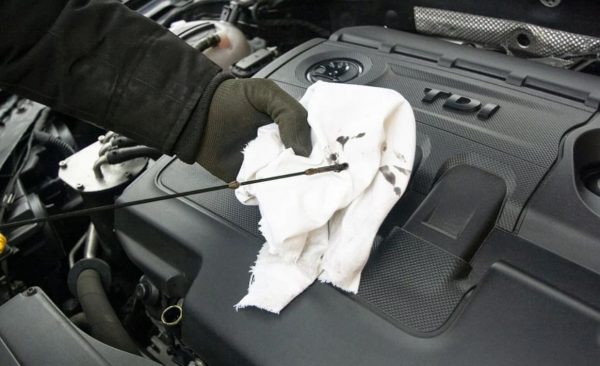There are few things more satisfying than being able to take care of something yourself. When it comes to your car, there are several things you can do on your own to keep it running smoothly.
You don’t need to be a mechanic to fix some everyday problems – here are six things you can repair on your own.
Change Oil and Filter
This is one of the most important things you can do to maintain your car. Over time, oil breaks down and becomes less effective at lubricating and cooling your engine. This can lead to serious problems, so it’s important to change your oil and filter regularly.
You’ll need a few tools – a ratchet, an oil filter wrench, and a drain pan – but it’s a relatively simple process. Once you’ve got your supplies, just follow these steps:
- Warm up your engine. This will make the oil thinner and easier to drain.
- Find the oil drain plug and remove it. Place your drain pan underneath to catch the oil.
- Let the oil drain out completely. This can take a few minutes.
- Replace the oil drain plug and tighten it.
- Remove the old oil filter and replace it with a new one. Make sure you use the right type of filter for your car.
- Pour new oil into the engine – again, be sure to use the right type of oil for your car.
- Check the oil level and add more if necessary.
- Start the engine and check for leaks.
Replacing Key Fob Batteries
A key fob is a handy device that allows you to lock and unlock your doors, as well as start your car, from a distance. But if the batteries die, it can be a major inconvenience. Fortunately, at websites like https://fobbattery.com/, you can find rather useful and relatable pieces of advice and guidance. Basically, you just need to locate the battery cover (usually on the back of the fob), remove the old batteries, and put in new ones.
However, if your key fob starts acting funky and you can’t figure out why it’s probably time to take it to a professional or replace it altogether.
Replace Air Filter
Your car’s air filter keeps dirt and debris from getting into the engine and clogging it up. Over time, it can get clogged with dirt and dust, which reduces its efficiency. You should also know that you should replace your air filter every 12,000 to 15,000 miles (19,000 to 24,000 kilometers).
However, if you live in a dusty area, you may need to replace it more often. Have in mind that a clogged air filter can reduce your fuel economy by up to 10 percent.
To replace it, you’ll need to locate the air filter box, which is usually located under the hood. Once you find it, open the box and remove the old filter. Then, put in the new one and close the box. You can also check your owner’s manual for specific instructions.
Fix a Flat Tire
If you have a flat tire, you don’t need to call a tow truck or roadside assistance. You can fix it yourself with a little know-how. Start by loosening the lug nuts with a wrench, then use a jack to lift the car so you can remove the tire. To put on the new tire, just reverse the process. Be sure to tighten the lug nuts securely.
It’s a good idea to keep a spare tire and a jack in your trunk, just in case. You should also check the air pressure in your tires regularly to avoid flats. For example, if you have a slow leak, you can use a tire sealant to temporarily fix it. If you have a more serious problem, you’ll need to take it to a professional.
Bleed the Brakes
If your brakes feel spongy or like they’re not working as well as they should, it’s time to bleed them. This process removes air from the brake lines and helps restore proper braking power. You’ll need a partner to help you with this one – while one person bleeds the brakes, the other will need to keep an eye on the fluid level and top it off as needed.
First, locate the brake bleeder valves. These are usually located on the wheels, near the brake calipers. Once you find them, open the valves and have your partner depress the brake pedal. As they do, watch the fluid level and top it off as needed. When the fluid starts running clear, close the valves and repeat the process on the other wheels.
Clean or Replace Spark Plugs
Spark plugs are an important part of your car’s ignition system. They create the spark that ignites the fuel in the engine. Over time, they can become fouled with carbon deposits and need to be cleaned or replaced.
To clean them, you’ll need to remove them from the engine and use a wire brush to clean off the deposits. If they’re too far gone, you’ll need to replace them. This is a relatively simple process, but it’s best to consult your owner’s manual or a professional if you’re unsure.
There are several basic car repairs that you can do yourself if you have the know-how. Replacing air filters, fixing flats, bleeding brakes – these are all tasks that most people can handle with a little bit of instruction.
However, if you’re not confident in your ability to complete a repair, it’s always better to err on the side of caution and take it to a mechanic. After all, you don’t want to end up doing more damage than good.


